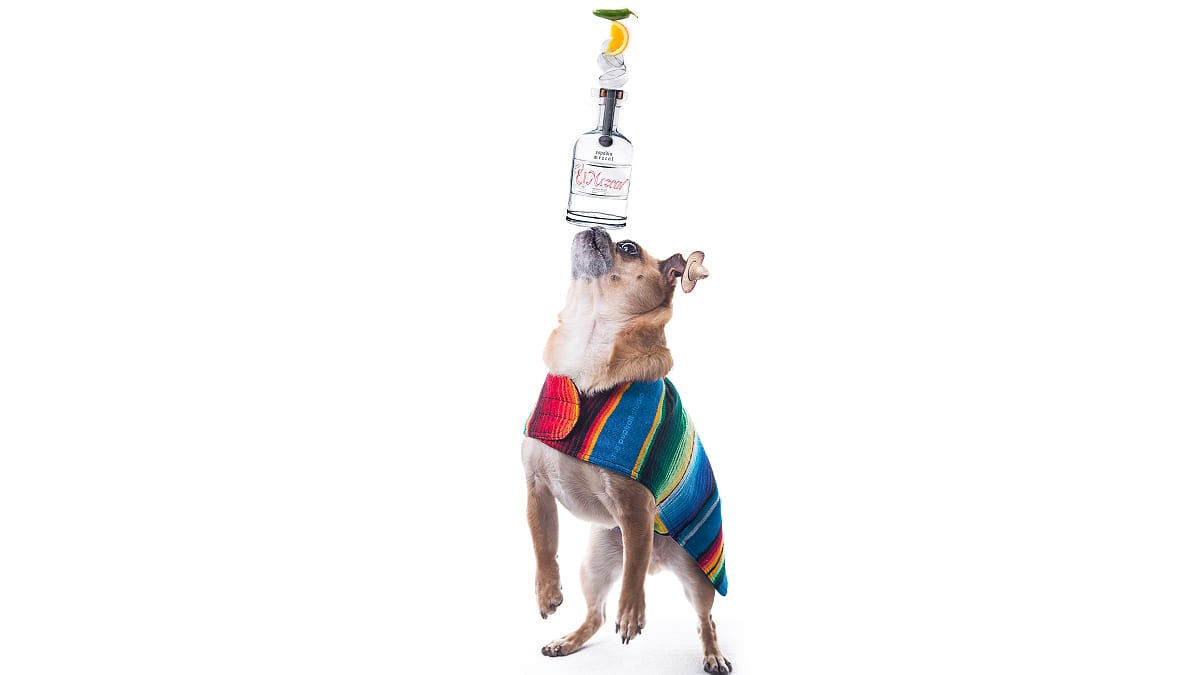Written by J.B. Shepard, professional pet photographer and founder of the Puptrait Studio.
Please note that this article was not written by a licensed veterinary professional or veterinary medicine expert. This is a dog blog published by a pet photography studio and the information included here is provided simply for entertainment purposes. When it comes to the health of your dog, the only person you should trust is your veterinarian. When in doubt, always ask a vet!
Can dogs drink alcohol?
Consuming even a small amount of alcohol can be dangerous for a dog. A dog’s kidneys and liver were never intended to filter or process the alcohol content of beer, wine, or any other alcoholic drink. Which shouldn’t be all that surprising, as the ability to metabolize alcohol, much like the ability to metabolize milk fat sugars (lactose), is actually a relatively recent mutation in humans.
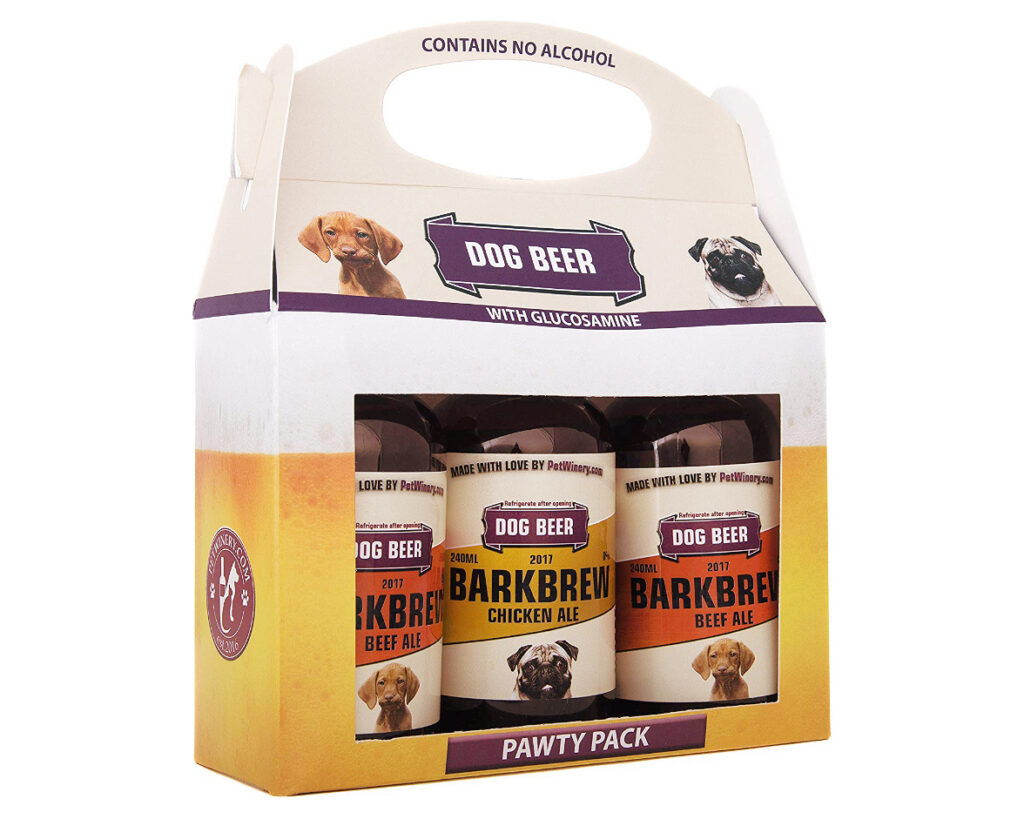
BarkBrew is a dog safe alternative to alcohol
Unlike regular beer designed for humans, BarkBrew is safe for dogs to drink as it is not made from hops, is alcohol free and is not carbonated. This delicious liquid pup treat even includes added glucosamine, an important compounded for joint and connective tissue health.
Best of all, BarkBrew can served in a variety of ways. Serve it in a bowl, over your dry food as treat topper, or freeze it into a “Beer Pop”.
BarkBrew all natural dog beer comes in two flavors — beef ale and chicken ale. Variety Pawty Packs can be ordered on Amazon for only $20.99 and qualifies for FREE Prime shipping.
Try Amazon Prime with a FREE 30 Day Trial
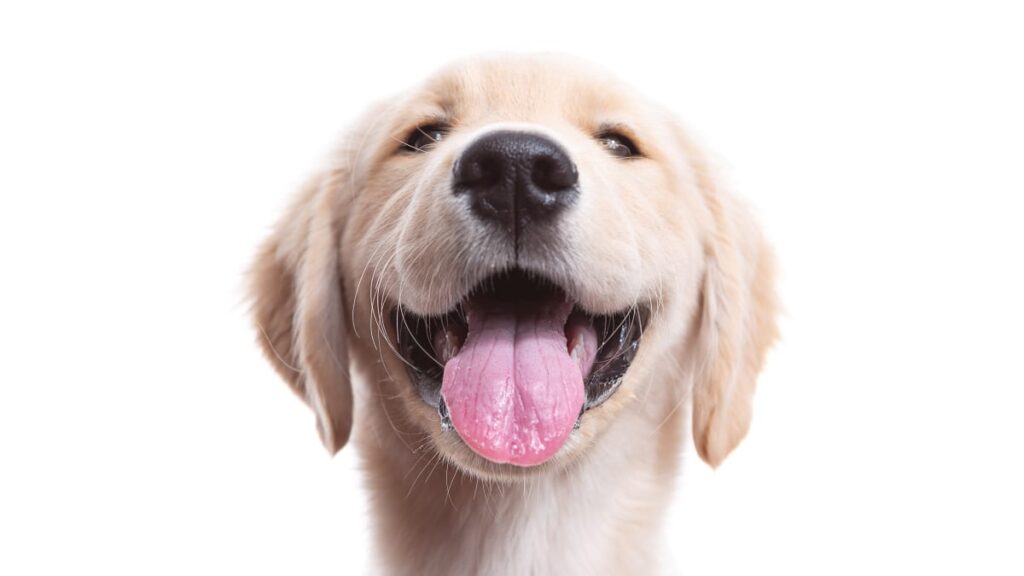
Is alcohol bad for dogs?
Do NOT give your dog wine, beer, whiskey or allow your pup to drink any other kind of alcoholic beverage. While some dog owners might think it’s funny to watch their dog stumble around intoxicated, getting your dog drunk is no laughing matter.
Feeding a dog alcohol is actually quite cruel and dangerous, and feeding a dog beer or booze is a form of animal abuse. Dogs can exhibit severe central nervous system symptoms, hypothermia, vomiting, coma, and diarrhea from consuming alcohol or absorbing alcohol through their skin. As even small amounts of alcohol can trigger life threatening levels of toxicity, including a dangerous condition called metabolic acidosis.
What is metabolic acidosis?
Metabolic acidosis is a condition in which there is an extreme increase in total body acidity. The condition can slow breathing, inhibit oxygenation of the blood, slow heart rates, hypothermia (decreased body temperature), and even cause a fatal heart attack by inhibiting aspects of the Krebs cycle.
What is the Krebs cycle?
Remember that time your high school biology teacher was rambling on about how “mitochondria is the powerhouse of the cell”? They were talking about the Krebs cycle. The Krebs cycle, also known as the citric acid cycle (CAC) or tricarboxylic acid cycle (TCA) or Krebs cycle (named after Nobel Laureate and pioneer in the study of cellular respiration, Sir Hans A. Krebs) is a series of chemical reactions used by all aerobic organisms (and most living cells) to generate energy.
The Krebs cycle is why humans and dogs breathe. Our lungs take in oxygen, which through a series of chemical reactions releases stored energy and powering cells. Isocitrate dehydrogenase (IDH) is responsible for catalyzing the reversible conversion of isocitrate to alpha-ketoglutarate and carbon dioxide (CO2) in a two-step reaction. When the lungs exhale, CO2 is removed from the equation and the acidity of the body is lowered. This process is essentially self regulated, as all dehydrogenases involved in the Krebs cycle are sensitive to redox potential. Meaning, the cycle is “turned on” by high ADP to ATP and NAD+ to NADH ratios.
How does alcohol inhibit the Krebs cycle?
Dogs lack the ability to safely metabolize alcohol. Alcohol can trigger elevated anion gap metabolic acidosis, similar to the anions generated in sepsis and shock states, disturbing the anaplerotic and cataplerotic pathways that enter and leave the Kreb cycle. In short, the introduction of alcohol inhibits high ADP to ATP and NAD+ to NADH ratios from balancing. Effectively creating a metabolic environment hostile to the chemical reactions your dog depends on to convert oxygen, proteins, fats and sugars into energy.
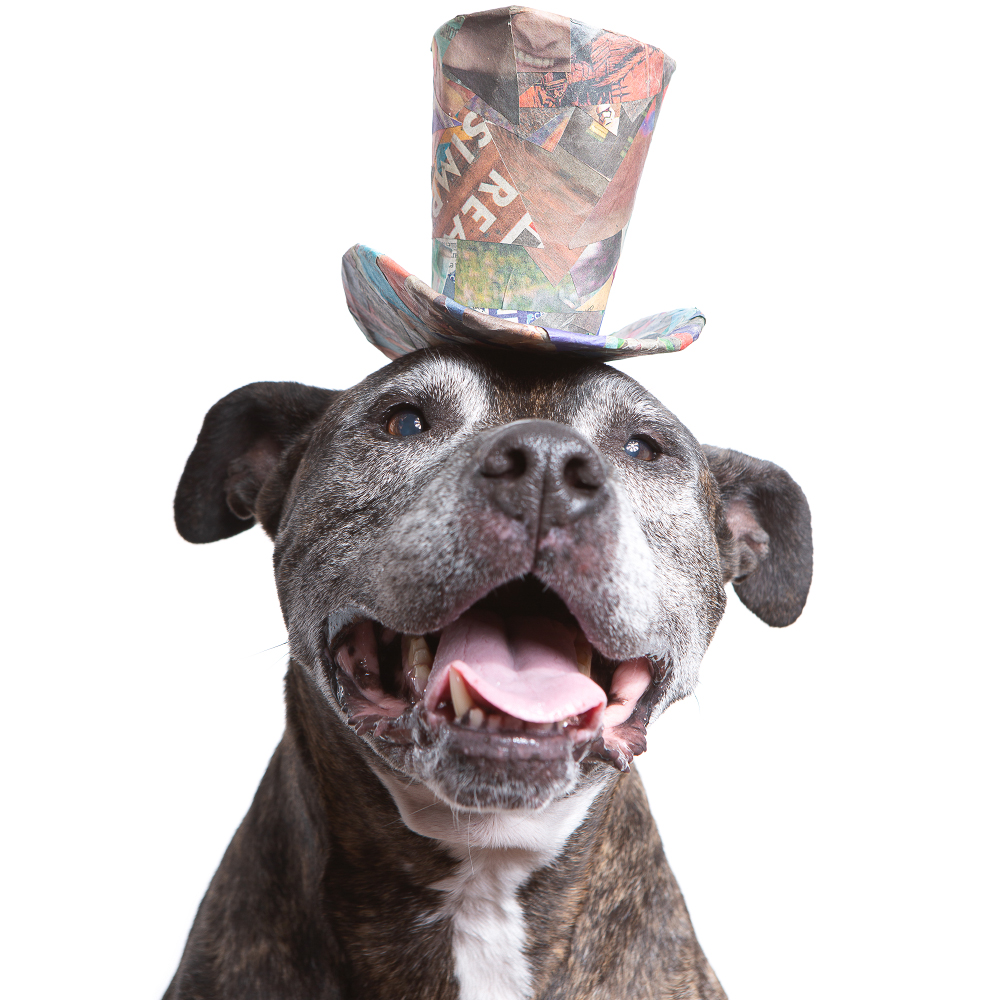
Dogs and alcohol do not mix
Even larger dogs tend to be much smaller than their human companions – this even more true with small dog breeds. So, the minimum effective dosage of alcohol in dogs is substantially less for them than in humans. Even a small amount of alcohol can be toxic and enough to impact a dog in a physically noticeable and negative way. Giving your dog a “sip” of beer or a mixed drink is never a good idea.
Liquor kills dogs quicker
Hard liquors such as vodka, gin, whiskey, and rum contain the most alcohol per volume and represent the largest threat to dogs, often requiring immediate emergency vet visits if consumed. Wine and beer contain less alcohol, but can still be just as dangerous.
Alcohol can be found in surprising places
Many common household products present a risk to dogs. As dogs are indiscriminate eaters, they risk being poisoned by alcohol by any number of unsuspecting sources. Usually when we think of “alcohol” we are referring to ethanol, the form of alcohol contained in alcoholic beverages. But methanol and isopropanol also present risks to dogs. Dogs can absorb alcohol through their skin. So, just rolling or walking in fluids containing alcohol can present a risk of alcohol poisoning.
Common household products that may contain alcohol:
- some “low calorie” peanut butters
- sugar free gum
- automobile coolants and antifreeze
- windshield wiper fluid
- mouthwash
- cough and cold medications
- baby wipes
- raw bread dough
- hand sanitizer
- rubbing alcohol
- nail polish remover
- flea, tick, and bug sprays
- perfumes and cologne
- body washes
- skin cream and hand lotion
- aftershave, hairspray, and mousse
- facial and skin toner
- rotten fruit and vegetables
- soy sauce
- vinegar
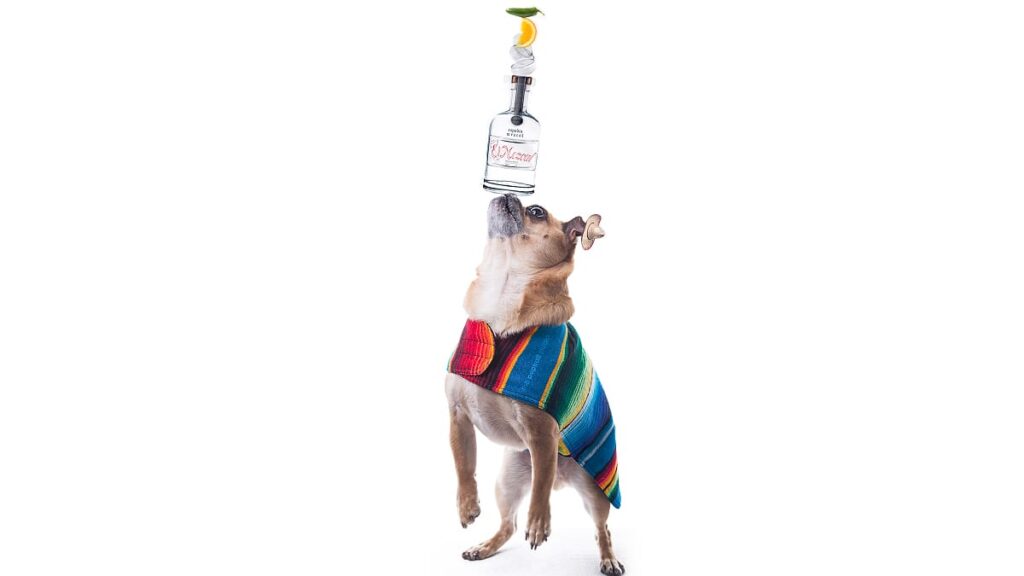
Symptoms of alcohol poisoning in dogs
Symptoms usually present 30 minutes – 1 hour after ingestion or contact, and may get progressively worse as toxicity increases. More severe symptoms will require medical attention. Please bring your dog to see a veterinarian as soon as possible if any of the following symptom of alcohol poisoning present:
- Vomiting
- Diarrhea
- Disorientation
- Shortness of breath
- Panting
- Excessive salivation
- Excessive thirst
- Depression
- Tremors
- Hypothermia
- Hypoglycemia
- Seizures
- Coma
What to do if your dog consumes alcohol
If you think your pet may have ingested a potentially poisonous substance, call the ASPCA Animal Poison Control Center (APCC) right away at (888) 426-4435. Do not waste precious time on the internet looking for free medical advice, as your dog may likely require immediate emergency veterinary care. The APCC is available 24/7 365 days a year and is a reliable resource for any animal poison-related emergency, including alcohol and other poisonous substances including plants, human foods, human medications and more.
Please note that contacting the APCC may require a small consultation fee ($65 last we checked) — a small price to pay to ensure the health of your pet in what may potentially be a life and death situation.
Please note that we are dog photographers and not veterinary professionals. The information included here is provided only for entertainment purposes. When it comes to the health of your dog, the only person you should trust is your vet. When in doubt, always ask a vet!
The Puptrait Studio may collect a share of sales or other compensation from the links on this page. Prices are accurate and items in stock as of time of publication.
About the author: J.B. Shepard, is a professional pet photographer, dog advocate, and founder of the Puptrait Studio. J.B. lives in Hampden, with his wife and two dogs — George (a Boggle) and Lucky (Jack Russell Terrier).

